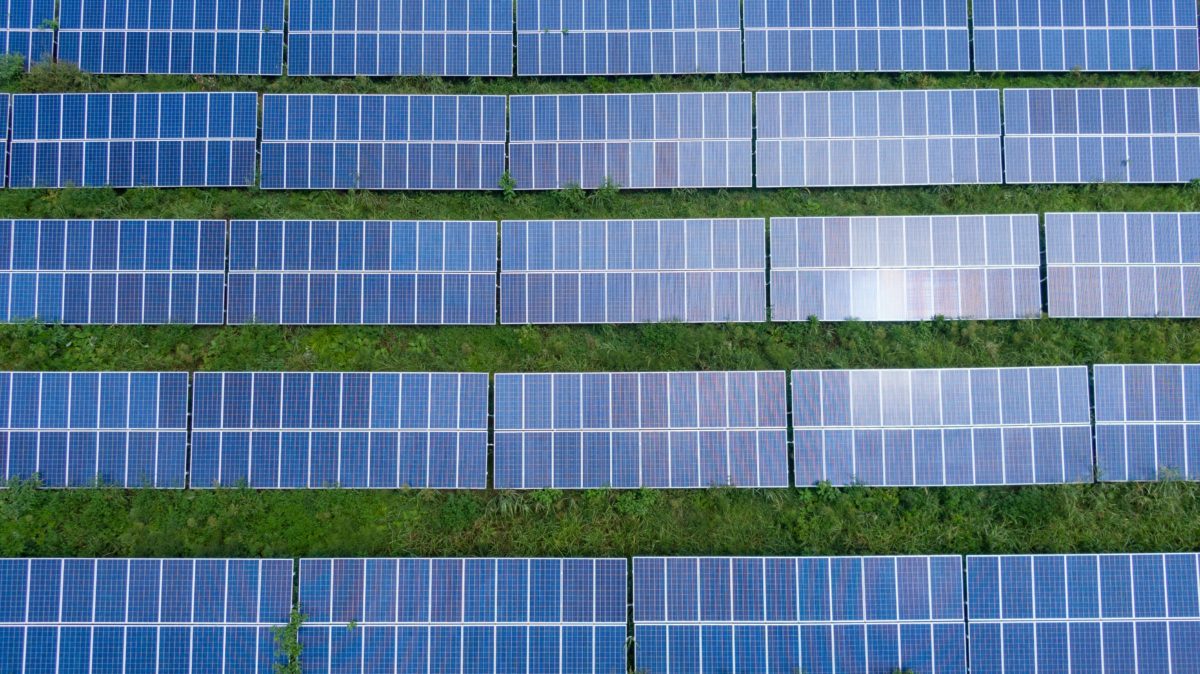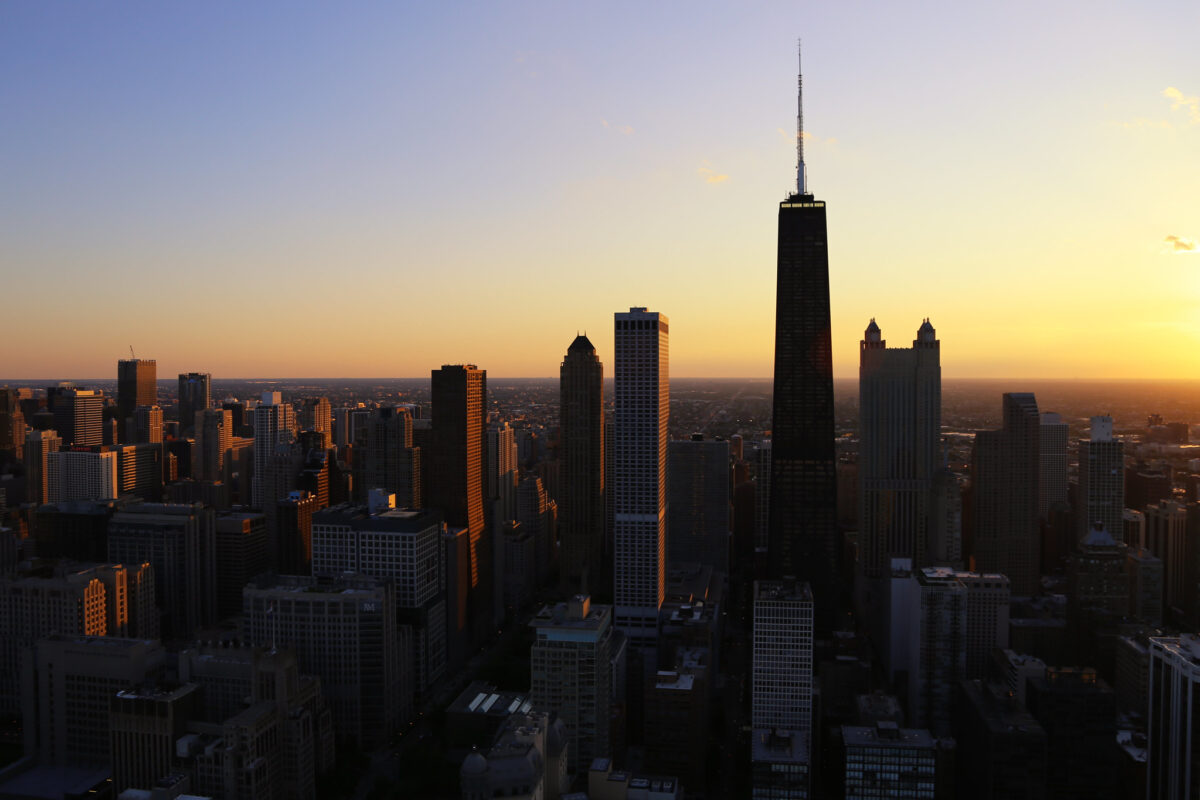At the end of January, Roth Capital suggested that five to ten gigawatts of utility scale solar power destined for the United States might not get installed in 2022 due to module supply challenges.
The analyst suggests that the world’s largest solar panel manufacturers – Jinko, LONGi, and Trina – may be unable to deliver their solar panels to the United States due to import restrictions. These companies represent 40-50% of all solar panels delivered to the country.
Roth points out that 100MW of LONGi solar panels were released from Customs and Border Protection (CBP) for distribution into the United States only three days ago, on February 18th. The analyst suggests this is a positive development, but cautions that it is not a permanent solution, since the actions of the Department of Commerce and CBP are still too unpredictable for large project finance to move forward. They indicate that the implementation of the Uyghur Forced Labor Prevention Act presents unknown risks.
This raises questions about who will supply the solar panels to meet the market demand, and whether or not Tier 2 module manufacturers should be considered. The concern is if these manufacturers would meet the bankability standards that investors require.
Other Tier 1 module manufacturers may potentially be available to supply the product, but they might not yet be positioned to deliver modules to the US market. For instance, Jollywood – the world’s leading TOPCon manufacturer – has put off plans to deliver US products from a new factory.
In some ways, this analysis parallels a report put out by Rystad Energy, which suggests that increases to supply chain prices and shipping costs could result in a postponement or cancellation of up to 50% of the world’s projected 90 gigawatts of utility scale solar power in 2022. The report recognizes that higher margin markets like the United States are likely to suffer less in these times – but that they will likely still feel some degree of a pinch.
Bloomberg New Energy Finance’s Jenny Chase says “it would be very helpful to everyone if the United States could clarify the rules on what will be allowed to cross the border.”
She notes that there are 38GW/year of module manufacturing, and 29GW/year of crystalline silicon cell capacity located in Cambodia, Thailand, Malaysia, and Vietnam that could serve the US market. Of course, nearly all wafers are manufactured in China, and most of the aforementioned manufacturing capacity for modules and cells are owned by Chinese firms.
This content is protected by copyright and may not be reused. If you want to cooperate with us and would like to reuse some of our content, please contact: editors@pv-magazine.com.








Mentions specific non-US suppliers favorably, but does not mention any US suppliers that might expand deliveries over the next few years, especially the giant contribution of First Solar. Why can’t we do what almost every country does and suppot our own suppliers until they get on their feet?
FirstSolar is sold out. And sure, let’s support US groups – let’s support them via tax credits instead of stopping the nation from transitioning to clean energy that if we don’t do kills the species.
Why would we attack our installation companies and developers for manufacturers who don’t yet exist?
Not to be nit picky, but who the heck is doing O&M on those panels in the main image? Looks like a business opportunity!